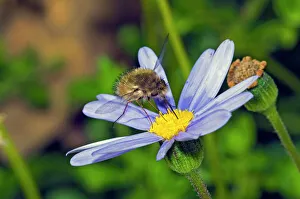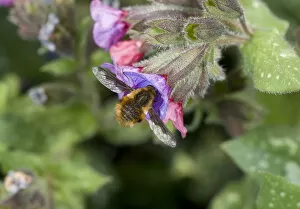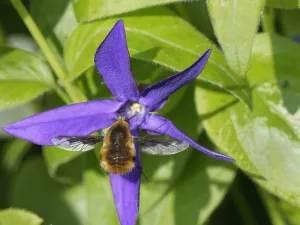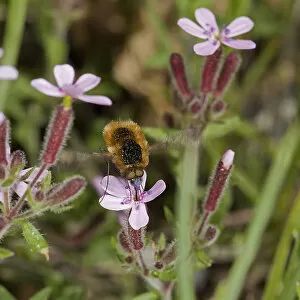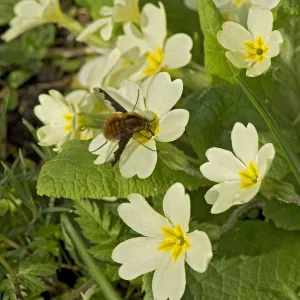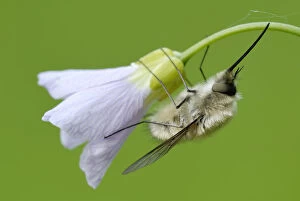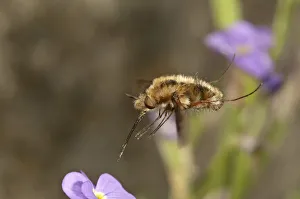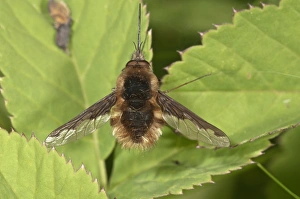Bombyliidae Collection
The Bombyliidae, commonly known as bee flies, are fascinating insects found in various regions around the world
All Professionally Made to Order for Quick Shipping
The Bombyliidae, commonly known as bee flies, are fascinating insects found in various regions around the world. These small creatures play a crucial role in pollination as they feed on nectar from beautiful flowers like daisies, lungwort, periwinkle, rock soapwort, primrose, honesty, goat willow catkin, Darwins barberry and ladys smock. In Grahamstown, Eastern Cape of South Africa where these bee flies are widespread and common in drier regions. Here they can be seen gracefully hovering over daisy flowers while sipping on their sweet nectar. However, their feeding habits extend beyond just enjoying floral delights; their larvae prey on or parasitize various stages of many insects. These incredible insects also make appearances in Surrey gardens where they bring life to the surroundings by nectaring on lungwort and greater periwinkle flowers. With blue pollen dusting their heads after visiting rock soapwort plants or honing their skills at sucking nectar from primroses and darwins barberries. Even across borders into Germany's Baden-Wuerttemberg region in Europe we find them diligently extracting nourishment from aubrieta plants. Their presence is truly remarkable as they contribute to the ecological balance by aiding in plant reproduction through pollination. Whether it's foraging for food or fulfilling their vital role as pollinators within ecosystems worldwide - these bee flies never fail to captivate us with their beauty and importance. So next time you spot one of these marvelous creatures buzzing around your garden or local park remember how essential they are to our natural world.

